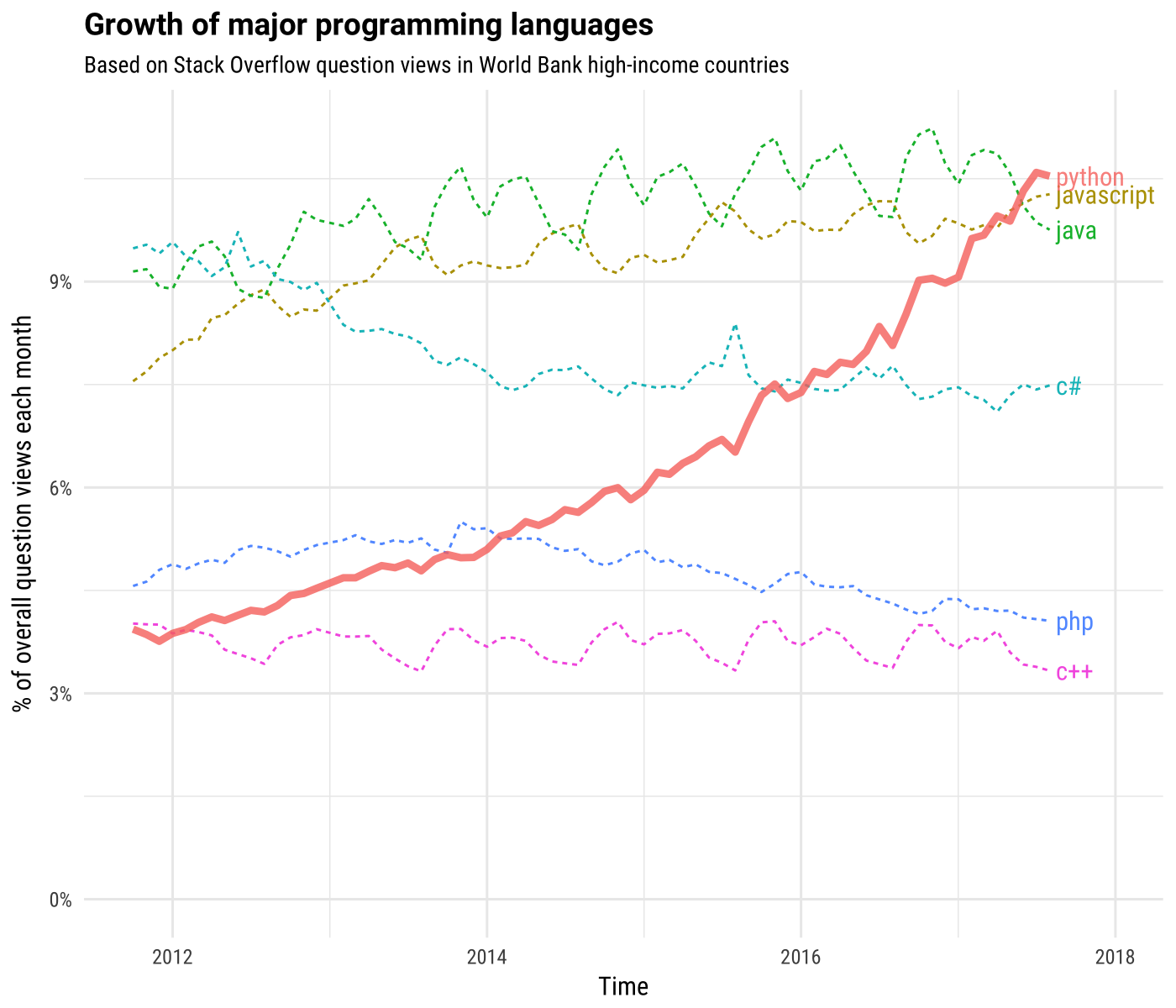Background
Synthetic transactions facilitate proactive monitoring of online business services such as e-banking and e-commerce. They not only monitor existing services but can be used to simulate and test the quality of future user interactions with services. LogicMonitor includes Website Checks out-of-the-box but did you know that Scripted DataSources can be used to extend website monitoring into synthetic transactions? This is the first in a series of technical articles on extending LogicMonitor’s capabilities via two popular technologies: Python and Selenium.
It is important to note that solutions presented in this article involve slight modifications to host environments. Your Collector hosts are yours to control and with great power comes great responsibility. As you add more scripting and programming language support to your Collector hosts, be sure to refer to their documentation and adhere to recommended security practices. Also, leverage your IDE and code linters to point out aberrant coding practices. Finally, do your best in documenting changes to your environment and leaving room to rollback modifications.
Performing Synthetic Transactions in Vanilla LogicMonitor
Out-of-the-box, LogicMonitor offers two forms of website monitoring:
- Standard Web Check, which uses web requests in order to confirm website availability from predefined LogicMonitor locations
- Internal Web Check, which uses a Collector host and user-defined Groovy script in order to confirm website availability from inside the customer’s network
During my Professional Services engagements, some customers required deeper support using our Website Checks:
- Identifying HTML elements in a Document Object Model (DOM), especially elements and information related to login forms
- Accounting for JavaScript, particularly JavaScript redirects
- Scripting in Groovy
- Performing synthetic transactions such as completing a multi-factor authentication (MFA) process
The first concern is addressed in our support doc Web Checks with Form-Based Authentication. We also offer online support accessible via our website or the product, as well as Professional Services to help customers with Web Check configurations for any complexity. I aspire to address the remaining concerns.
Spotlight on Selenium
Front and center for our synthetic transaction solution is Selenium, a test automation technology particularly focused on web browser automation. If you have experience in front-end quality assurance, then you are probably well acquainted. Using the Selenium WebDriver, we can programmatically navigate to web pages, find specific HTML elements on a page such a login form, and interact with those elements.
Selenium easily addresses the concern of JavaScript redirects. Navigating simple to complex web pages are no challenge for Selenium because it executes the automation in an actual browser. You could grab popcorn and watch the magic if you wanted. Alternatively–and I do recommend this–you can execute your automation in a headless mode, which hides the browser in exchange for increased execution speed.
Selenium boasts cross-platform support for the following operating systems:
- Linux
- Microsoft Windows
- Apple Mac OS X
Scripting and programming language support is even more impressive:
- Python
- Java
- Ruby
- C#
- JavaScript
- R
- Perl
- PHP
- Objective-C
- Haskell
While the LogicMonitor product makes embedded Groovy and PowerShell scripts easy, you technically can configure your LogicMonitor Collector hosts to support any of the aforementioned languages. This would effectively expand your monitoring capabilities through LogicMonitor DataSources and Internal Web Checks (remember these execute from Collector hosts).
Partnering with Python
Whether you love it or hate it–Python often gets the job done. Stack Overflow, a common developer resource well within the top 100 websites visited in the world, has found Python to be one of the fastest growing scripting languages particularly in “high-income countries”.


This year over a third of developers responding to a Stack Overflow survey responded that they use Python, and, a recent Dice article cited Python’s ease of use and flexibility as a significan
t factor for its popularity within the data science realm. Python is worth learning due to its sheer popularity alone. Thanks to that popularity and its compatibility with Selenium, finding code examples and getting started with web automation is easy.
Getting Started in 5 Steps
The following steps will help technical readers start performing synthetic transactions with LogicMonitor:
- Choose development and production operating systems for your automation. You can develop your Python script(s) in any operating system supported by Python (e.g. Linux, Windows, Mac OS X, and more). Plan to align the operating system compatibility of Python, Selenium, and LogicMonitor Collectors. In this case, you want to be more granular in your choice of major platform. For example, you may have developed your Python script in a Windows 10 environment, but, you would execute in a Windows Server environment due to LogicMonitor Collector compatibility.
- Install Python in your development and production environments. I personally prefer Python 3.7 in general for its introduction of dataclasses and it is the version I tested against. Python 3.6 would be a fair choice for stability given its current stage of releases. I recommend avoiding and migrating away from Python 2.7 as it will approach End of Life in 2020.
- Optionally, install virtualenv. This step is for those who appreciate the repeatability and reproducibility practices often found in the Dev Ops realm. One benefit of virutalenv is that it will install your Python libraries in a temporary location. It can be used in development environments to help isolate and track the minimum, required Python libraries to execute a scripted solution. This benefit is usually combined with a Python Pip requirements file, which documents the required libraries and facilitates their automatic installation. Read the virtualenv installation and user guides before proceeding to the next steps.
- Install Selenium. This could be a two-phased approach depending on your browser support requirements. First, install Selenium Python libraries using Python Pip (automatically included in your Python installation). Second, install a web driver. Firefox will require the Gecko web driver. Chrome requires the Chrome web driver. You should pick your preferred browser for reliability testing.
- Finally, author your automation script. Expect an in-depth example from this article series in the near future. For now, you can use the official Selenium documentation for help, or, find examples online at places like Stack Overflow. Just remember that in order to combine your automation script with LogicMonitor, the script must output results in an accepted format.
Potential Business Impacts
Synthetic transactions with LogicMonitor can positively impact your business, providing a competitive edge in MSP services portfolios, and, enabling internal IT teams to track the reliability of business services.
Conclusion
In this article, we introduced the execution of synthetic transactions in LogicMonitor using Selenium, a tried and true automation tool, and Python, one of the most popular scripting languages. In just 5 steps, the script-savvy can get started. Need help? Ask about a free LogicMonitor Professional Services scoping call.
Want to see more? Follow us here:
On Facebook
On Twitter
On LinkedIn
Or, e-mail us @ [email protected]


